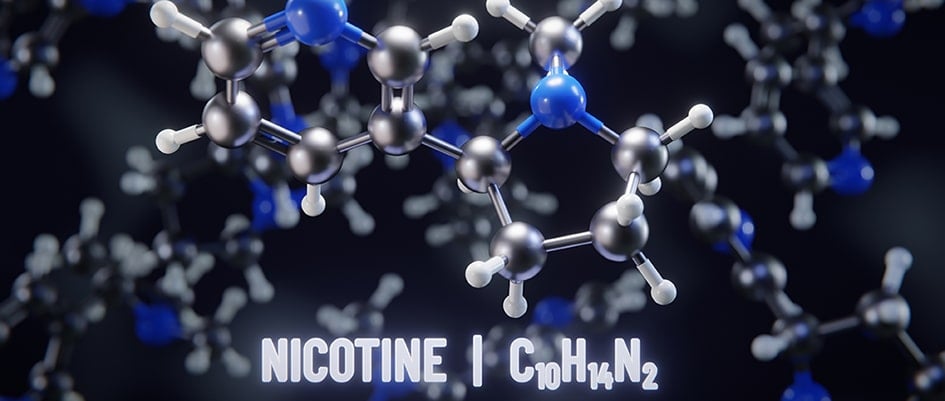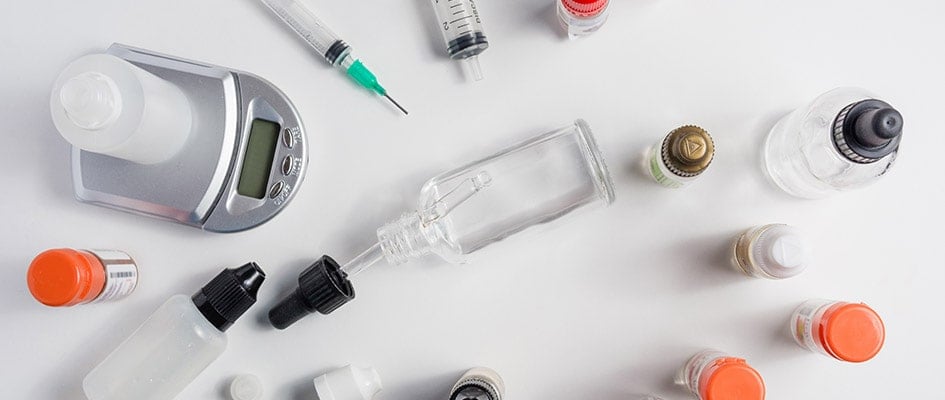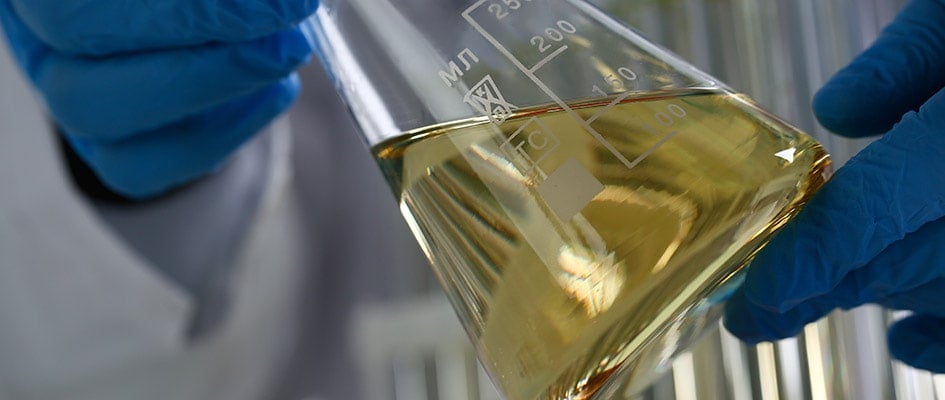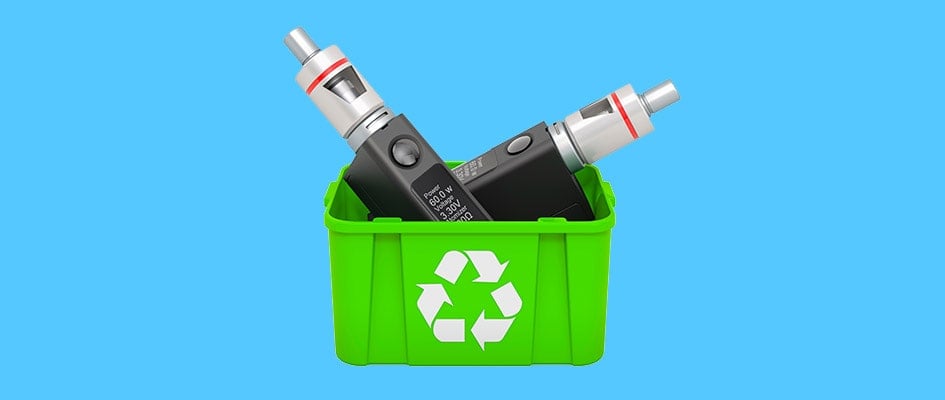Blog
The Future of Vaping: Trends to Watch in 2025

Navigating the Evolution of Technology, Health, and Sustainability in the Vaping Industry
Vaping has undergone significant evolution since its inception, with advancements in technology, regulation, and consumer preferences continually shaping the industry. As we have moved into 2024, several trends are set to redefine the vaping landscape later on in 2025.
1. Innovative Technology and Smart Vapes
The vaping industry is poised for a technological revolution with the introduction of smart vapes. These devices, equipped with Bluetooth connectivity and companion apps, allow users to monitor their vaping habits, track nicotine intake, and customise their experience.
Features such as temperature control, puff counters, and battery monitoring are becoming standard, providing users with greater control and a more personalised vaping experience.
Leading vape manufacturers like SMOK and Vaporesso are at the forefront of this innovation, investing heavily in R&D to bring advanced features to their products. These companies have established themselves as industry leaders through consistent product quality and innovation.
User reviews and expert opinions highlight the reliability and enhanced user experience provided by these smart devices. As more consumers seek customised vaping experiences, the adoption of smart vapes is expected to rise significantly in the latter half of 2024.
2. Focus on Health and Safety
Health and safety remain paramount concerns for both consumers and regulators. In response, the industry is seeing a push towards safer vaping products. This includes the development of e-liquids with higher purity levels, the use of pharmaceutical-grade ingredients, and the implementation of stringent manufacturing standards.
Regulatory bodies such as the FDA and MHRA are tightening their oversight, ensuring that products meet rigorous safety standards. Additionally, public health organisations are conducting ongoing research to provide clearer guidelines on the long-term effects of vaping.
Manufacturers are increasingly transparent about their ingredients and manufacturing processes, fostering trust among consumers. Independent lab testing and certifications are becoming more common, allowing vapers to make informed choices about the products they use.
3. Rise of Nicotine Salts and Alternative Nicotine Sources
Nicotine salts have gained popularity due to their ability to deliver a smoother throat hit and faster nicotine absorption compared to traditional freebase nicotine. This makes them particularly appealing to smokers transitioning to vaping. At the start of 2025, we can expect further innovation in this area, with new formulations that enhance user satisfaction and potentially reduce nicotine dependency.
The good news is we provide 72mg Nicotine Salts on our site, so you don’t need to go elsewhere. Our salts are available in over 5 different types, setting us apart from the competition.
Pioneering companies like JUUL have popularised nicotine salts, setting industry benchmarks for quality and efficacy. Their extensive research and consumer data have helped refine these products to better meet user needs.
Clinical studies and user feedback consistently show that nicotine salts provide a more satisfying experience for many vapers, supporting their continued growth. The introduction of alternative nicotine sources, such as synthetic nicotine, also promises to offer safer and more controlled nicotine delivery options.
4. Sustainability and Eco-Friendly Practices
As environmental concerns become increasingly urgent, the vaping industry is adopting more sustainable practices. This includes the use of recyclable materials, biodegradable e-liquid containers, and the development of eco-friendly vape devices.
Companies like Innokin and GeekVape are leading the charge in sustainability, designing products with a smaller ecological footprint. Their initiatives include using sustainable materials and creating recycling programs for used devices and pods.
Consumer demand for eco-friendly products is driving this trend, with many vapers prioritising sustainability when choosing their devices and e-liquids. Brands that demonstrate a commitment to the environment are likely to gain a competitive edge in 2025.
5. Expansion of Flavour Profiles
Flavour remains a crucial factor in the vaping experience. The industry is continuously exploring new and exotic flavour combinations to cater to diverse preferences. In 2025, we can expect an expansion of flavour profiles, including unique blends inspired by global cuisines and popular beverages.
Renowned e-liquid manufacturers like Element and Dinner Lady are known for their innovative flavour creations. Their expertise in flavour chemistry and consumer trends ensures that they stay ahead of the curve, offering exciting new options to the market.
Flavour bans and regulations in various regions have prompted manufacturers to focus on compliance while still delivering enjoyable experiences. Transparent labelling and adherence to regulatory standards help maintain consumer trust in the safety and quality of these products.
6. Personalisation and Customisation
The demand for personalised vaping experiences is driving the development of customisable devices and e-liquids. From adjustable wattage and airflow settings to customisable e-liquid formulations, vapers are seeking products that cater to their individual preferences.
Leading brands like Voopoo and Aspire are incorporating customisation options into their latest devices. These companies leverage consumer insights and technological advancements to create products that offer unparalleled flexibility and personalisation.
Reviews and testimonials from vapers highlight the benefits of customisation, such as improved satisfaction and reduced wastage. As more users embrace these options, personalised vaping is set to become a major trend in 2025.
7. Regulatory Changes and Compliance
Regulation continues to play a significant role in shaping the vaping industry. Next year in 2025, we can expect further changes as governments worldwide seek to balance public health concerns with consumer choice. Stricter advertising restrictions and product standards are likely to be implemented.
Regulatory bodies like the FDA in the United States, the European Commission and the MHRA in the UK are pivotal in setting the standards for the industry. Their guidelines and policies influence market dynamics and ensure consumer safety.
Compliance with regulatory standards is essential for manufacturers to maintain market access and consumer trust. Brands that proactively adapt to new regulations and engage in transparent practices are better positioned to thrive in a regulated environment.
Conclusion
The future of vaping in 2025, and beyond, is marked by technological innovation, heightened focus on health and safety, and a commitment to sustainability.
With advancements in smart vaping devices, the rise of nicotine salts, and increased personalisation options, the industry is set to offer more refined and satisfying experiences to users.
As regulatory landscapes evolve, manufacturers will need to stay compliant while continuing to innovate. These trends highlight a dynamic and forward-looking industry, poised for growth and adaptation in the years to come.












